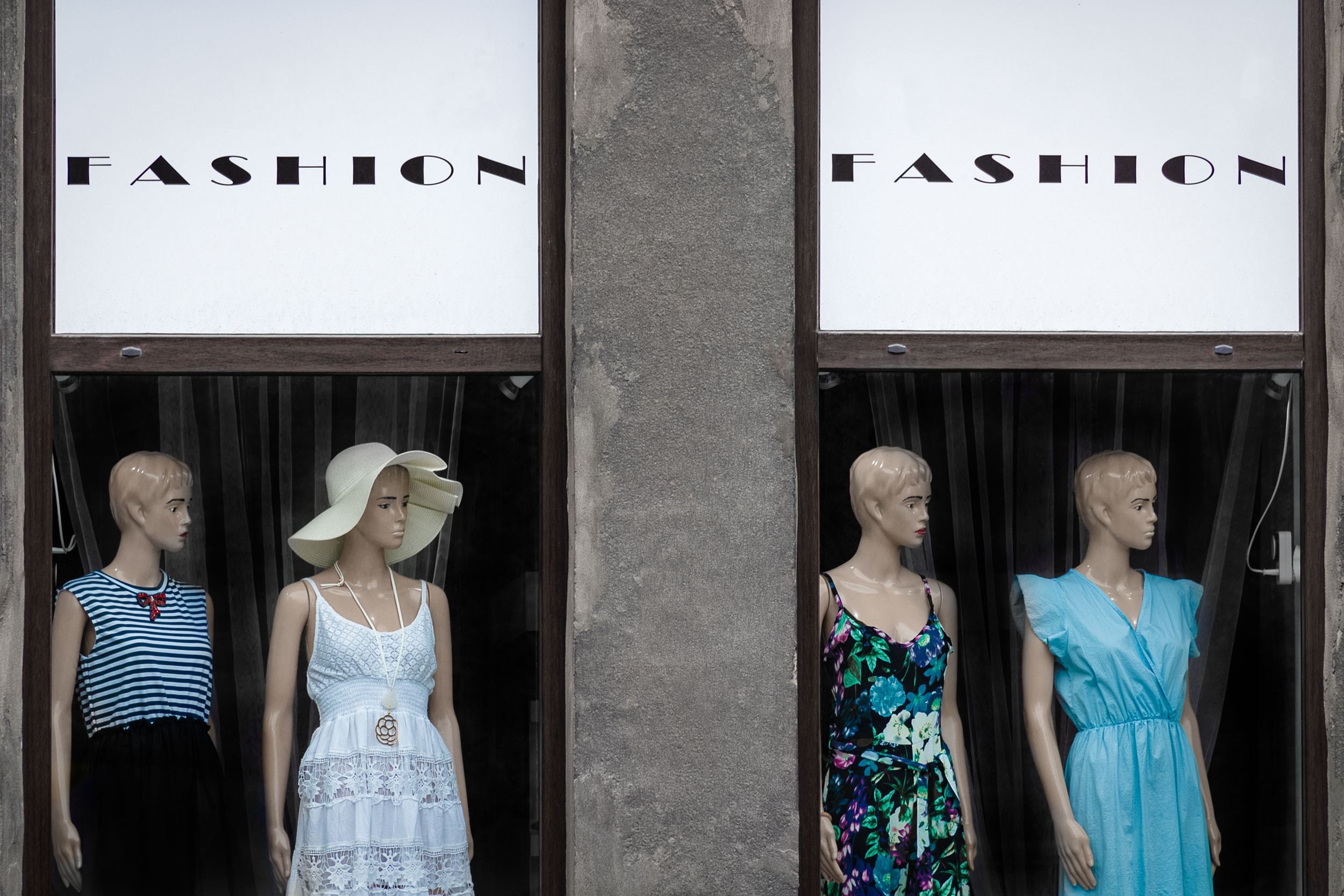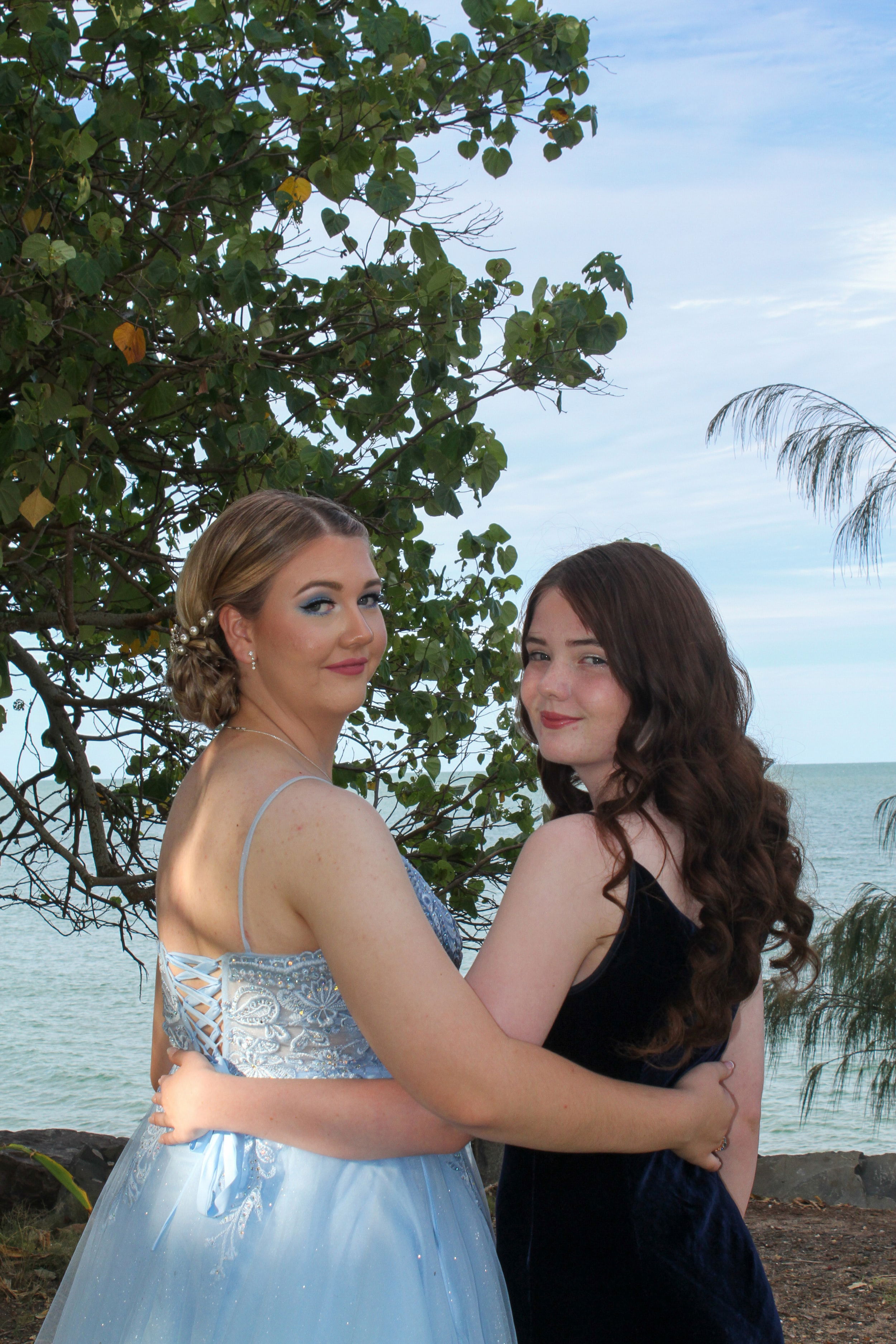Dressing for Different Occasions: From Casual to Formal
The way we dress plays a significant role in how we present ourselves to the world. Whether we're heading to a casual outing with friends or attending a formal event, our clothing choices convey not only our personal style but also our understanding of social norms and respect for the occasion. In this article, we'll explore the art of dressing for different occasions, from casual gatherings to formal affairs, and provide valuable tips to help you make the right fashion choices for every event.

The Importance of Dressing Appropriately
Dressing appropriately for different occasions is a sign of respect, consideration, and cultural awareness. It helps you fit in, feel comfortable, and make a positive impression. Here's why it matters:
Respect for the Event: Dressing appropriately shows respect for the purpose and significance of the event. It acknowledges the effort hosts or organizers have put into planning.
Cultural Sensitivity: Different cultures have varying expectations regarding dress codes. Adhering to these expectations demonstrates cultural sensitivity and etiquette.
Personal Confidence: Wearing the right outfit boosts your confidence and allows you to focus on the event rather than feeling self-conscious about your appearance.
Professional Advancement: In the workplace, dressing appropriately can impact your professional image and advancement opportunities.
Dress Codes for Different Occasions
Understanding dress codes is crucial for making appropriate clothing choices. Here are some common dress codes and what they entail:
1. Casual
Casual dress codes are typical for relaxed, informal occasions. They include:
- Everyday Wear: Casual attire includes jeans, t-shirts, sneakers, and comfortable clothing suitable for everyday activities.
- Casual Gatherings: For casual outings with friends or casual family gatherings, opt for comfortable yet presentable clothing.
2. Business Casual
Business casual strikes a balance between professional and informal. It's suitable for workplaces that don't require strict formal attire and some semi-formal events. Business casual includes:
- Slacks or Khakis: Men can wear slacks or khakis, while women can opt for dress pants or skirts.
- Collared Shirts or Blouses: Button-up shirts or blouses in solid colors or subtle patterns.
- Closed-Toe Shoes: Leather shoes or loafers for men and closed-toe flats or low heels for women.
3. Smart Casual
Smart casual combines style and comfort and is ideal for upscale casual events, dinners, or gatherings. It includes:
- Stylish Jeans: Dark, well-fitted jeans are acceptable.
- Blazers or Cardigans: Men can pair blazers with dress shirts, while women can opt for cardigans or stylish blouses.
- Casual Dress Shoes: Loafers, ankle boots, or stylish sneakers for both men and women.
4. Semi-Formal
Semi-formal attire is suitable for events like cocktail parties, weddings, or upscale dinners. It includes:
- Cocktail Dresses: Knee-length dresses for women.
- Suits: Dark suits for men paired with dress shirts and ties.
- Dress Shoes: Closed-toe heels or formal shoes.
5. Formal
Formal dress codes are reserved for special occasions such as galas, weddings, and upscale award ceremonies. They include:
- Floor-Length Gowns: Women should opt for elegant, full-length gowns.
- Tuxedos or Formal Suits: Men should wear tuxedos with bowties or formal dark suits with ties.
- Formal Accessories: Accessories like statement jewelry or cufflinks add an extra touch of elegance.
Tips for Dressing Appropriately
Here are some valuable tips for dressing appropriately for different occasions:
Read the Invitation: Pay close attention to any dress code indicated on the event invitation.
Consider the Venue: Think about the location and setting of the event when choosing your outfit.
Respect Cultural Norms: If attending an event in a different culture, research and respect their dress code expectations.
Fit Matters: Ensure your clothing fits well and is comfortable. Ill-fitting attire can be distracting.
Accessories: Accessories like belts, scarves, and jewelry can elevate your outfit.
Grooming: Personal grooming, including hairstyling and cleanliness, is essential.
Plan Ahead: Prepare your outfit in advance to avoid last-minute stress.
Be Confident: Wear your outfit with confidence, as confidence is the best accessory.

Conclusion
Dressing for different occasions is not just about fashion; it's a way to show respect, cultural sensitivity, and awareness of social norms. By understanding dress codes and making thoughtful clothing choices, you can make a positive impression and feel confident in any social setting. Whether it's a casual get-together with friends or a formal gala event, remember that the right attire can help you look and feel your best, making the occasion even more memorable.
Sources:
- Real Simple - The Definitive Guide to Dress Codes
- The Balance Careers - Guide to Business Attire (With Examples)
- Harper's Bazaar - Decoding the Dress Code: From Casual to White Tie
- The New York Times - What to Wear When You Have Nothing to Wear
- Bustle - How to Dress For Every Occasion: 10 Outfits That'll Keep You Prepared For Any Situation